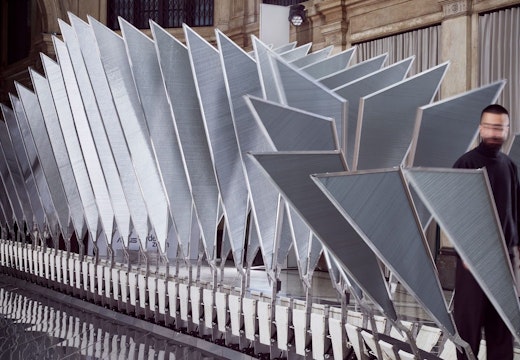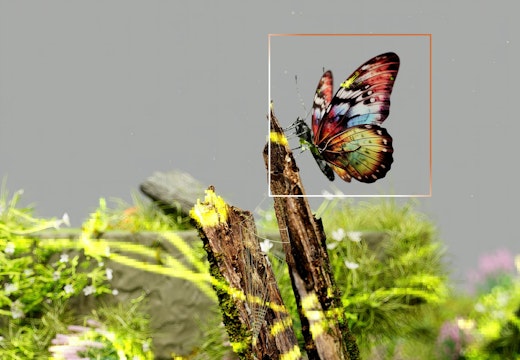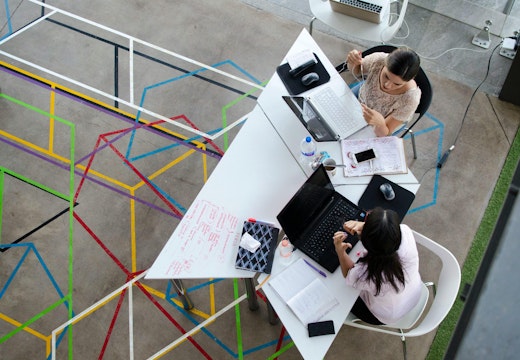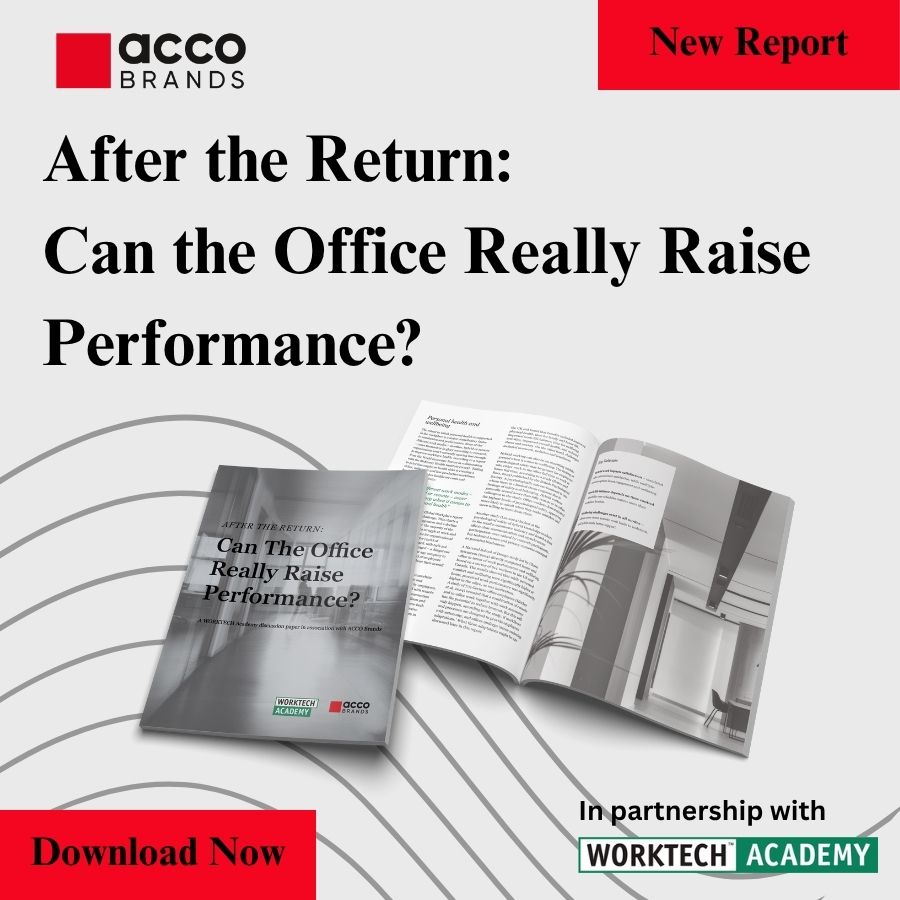Design
Shapeshifter offices: what happens when our spaces start to feel us back?
From mood-sensitive materials to neuroadaptive lighting, workplaces are beginning to adapt not just to tasks – but to emotions, postures and personalities
How biophilia supports wellbeing in virtual reality environments too
The restorative power of biophilic design has long been evidenced in the academic world and implemented in the professional one. New research suggests it works equally well in VR
Thinking space: three innovative uses of AI in the built environment
From recovering rubble to reading a city’s mood, these AI use cases suggest a new kind of built environment that can listen and understand us in real time
Tomorrow’s Office: designing for constant change and adaptation
Adaptive, circular, healthy, hybrid and social office models advance the idea of space as a dynamic system in a new report that anticipates what’s next in workplace interiors
Factory settings: why is the post-industrial workplace so popular?
Creative firms relocating to industrial heritage buildings is on the rise. Research from the Netherlands suggests that connections to the past provide workers with motivation and identity
All together now: designing for a neurodiverse workforce
New research from the UK sheds light on a complex subject that is increasingly necessary to address as organisations seek to create a more inclusive workplace
Design meets digital: why tech integration is central to workplace design
From unlocking performance to enhancing wellbeing and collaboration, a new report by Neat and WORKTECH Academy outlines a roadmap for embedding technology and design from the start
What the world’s oldest org chart tells us about company hierarchy
A long-forgotten management graphic of a railroad company has been rescued from the US Library of Congress and reinterpreted by designer Rachel Botsman at the London Design Biennale












